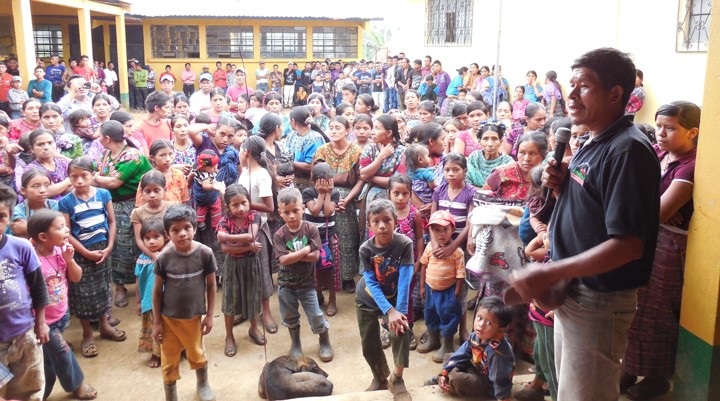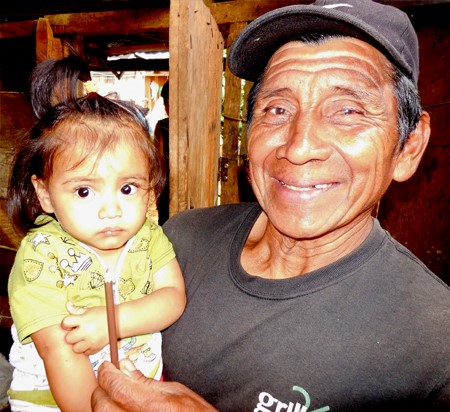Aspect’s Curtis Nickerson and Bryan Berkompas recently developed a promising new, low-cost, telemetered rain garden performance tool – the Water Detector -- that can help cities and counties improve rain garden performance.
As more people move to western Washington and settle in its urban areas, stormwater runoff from streets, driveways, lawns, and rooftops is recognized as a major source of pollution impacting our waterways. To counter this continuing and growing threat, municipalities are encouraging broader public awareness and tools that public and business can use to clean polluted runoff as close to the source as possible. In this effort, rain gardens have become a major component of municipal stormwater management programs in western Washington.
Figure credit: www.12000raingardens.org
Rain gardens are a relatively low-cost natural filter and sponge, where runoff can infiltrate into the soil on-site rather than flowing directly into storm drains, streams or lakes. Rain gardens are affordable to install, are an attractive landscaping feature, and are relatively easy for home owners to maintain. In Seattle, rain gardens and associated “Green Stormwater Infrastructure” (GSI) manage nearly 100 million gallons of polluted runoff annually.
While raingardens are seeing more and more adoption across Western Washington, measuring performance has been an area that has seen improvement. Typical methods – such as measuring flow rates--are costly and out-of-reach for typical municipal programs to widely adopt. To help resolve this data quality issue, Berkompas and Nickerson designed the Water Detector to give users a low-cost tool to see how well their rain gardens are performing.
The Water Detector is a low-cost, telemetered tool that measures a rain garden’s hydraulic performance.
The target users for the Water Detector are municipal National Pollutant Discharge Elimination System (NPDES) permittees (cities and counties) in Western Washington and Non-Governmental Organization (NGO)s promoting the wide-scale use of Low Impact Development (LID) practices, including rain gardens. Recently, all NPDES permittees in Western Washington revised their local development regulations to make LID methods, including rain gardens, “the preferred and commonly-used approach to site development.” Large investments by local governments for rain garden installations have already occurred and will continue to occur under the assumption that these facilities are working as intended. The Water Detector units could be deployed for a relatively low cost at hundreds of rain gardens across the region, providing real-world data to help assess the benefits of using rain gardens for decentralized stormwater flow-control on a broad-scale.
The initial target application for the Water Detector would be to assess a rain garden’s hydraulic performance. The single most important measure of rain garden performance, or lack of performance, is overflow or bypass, when excess runoff flows around or out of the rain garden instead of soaking into the soil. The Water Detector would be used to detect and record when and for how long the water level in a rain garden is at or above this bypass level. Data would then be uploaded automatically to cloud-based data storage via cellular or blue tooth technology. An additional potential application of this technology is monitoring bypass events at engineered stormwater treatment or detention systems to assess/alert when system maintenance is needed. These data will help to assess and improve site evaluation and design methods, document long-term performance, and develop effective maintenance methods for rain gardens.
Prototypes have been developed, and Curtis and Bryan are currently identifying locations to test and deploy their Water Detectors. For more information, reach out to Curtis Nickerson (cnickerson@aspectconsulting.com) or Bryan Berkompas (bberkompas@aspectconsulting.com).

























